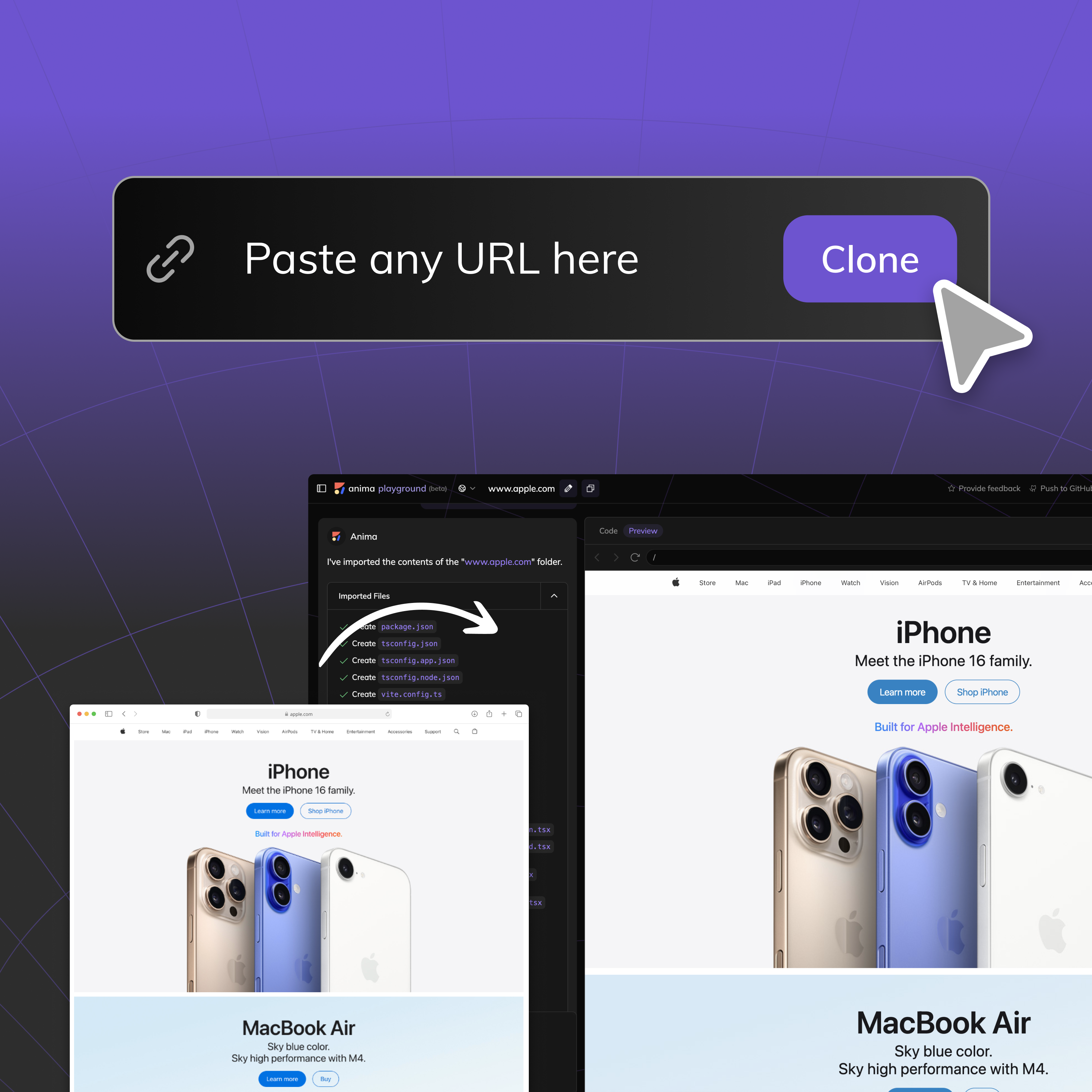I've been through the design-to-code hell. You know the drill - designer hands off a beautiful Figma mockup, you spend 6 hours pixel-pushing CSS to match it, then realize you fucked up the responsive breakpoints and have to start over. Anima fixes that painful handoff process, and surprisingly, it doesn't completely suck.
Been testing this since March I think... maybe April? Fuck, could've been February. Whatever, been long enough to know what happens: You get about 70% of the tedious UI work done automatically, then spend the remaining time on the stuff that matters - business logic, API integrations, and making sure your app doesn't crash when users do weird shit.

The Reality of Generated Code
The Figma plugin doesn't produce garbage like most design-to-code tools. I've seen the output - it's clean React components with proper PropTypes, semantic HTML that doesn't make you want to cry, and CSS that actually follows BEM methodology. No more div.Rectangle3847 bullshit.
The part they conveniently forget to mention: The generated code is fucking massive. Generated some contact form and the bundle size exploded because it imported all of Material-UI for one damn text field. Budget like 2-3 hours of bundle optimization after the initial generation, and expect to add your own error boundaries because AI doesn't understand edge cases.
Platform Gotchas I've Learned the Hard Way
- Complex nested components can cause crashes - keep your Figma files clean with reasonable layer counts
- The Figma plugin broke completely when Figma hit v124.7 and took 3 weeks to fix - learned this during client demo week, fucking perfect timing
- Bundle size explosions are common with generated code - budget time for webpack optimization
The "Vibe Coding" Marketing Bullshit (That Actually Works)

The marketing team calls it "vibe coding" - basically AI generates code from vibes instead of pixel-perfect specs. Sounds like startup nonsense, but it works better than you'd expect. You can literally type "make this button open a signup modal" and it generates functional React with state management.
Real talk: This saves about 50-70% of UI development time IF your design is clean. Messy Figma files with 400 unnamed layers? You'll spend more time fixing the generated garbage than building from scratch.
Production Reality Check

I've deployed Anima-generated code to production. Here's what breaks:
Our production checkout form threw TypeError: Cannot read property 'isValid' of undefined for 3 hours because their generated validation was calling methods that didn't exist - had to add real validation middleware at 2am.
- Bundle sizes are massive because AI imports everything
- CSS specificity wars when integrating with existing stylesheets
- Zero accessibility attributes - you're adding ARIA labels yourself
- State management is nonexistent - you're adding Redux/Zustand manually
But honestly? It's still faster than recreating the entire UI by hand. Just budget time for cleanup and don't expect miracles.
